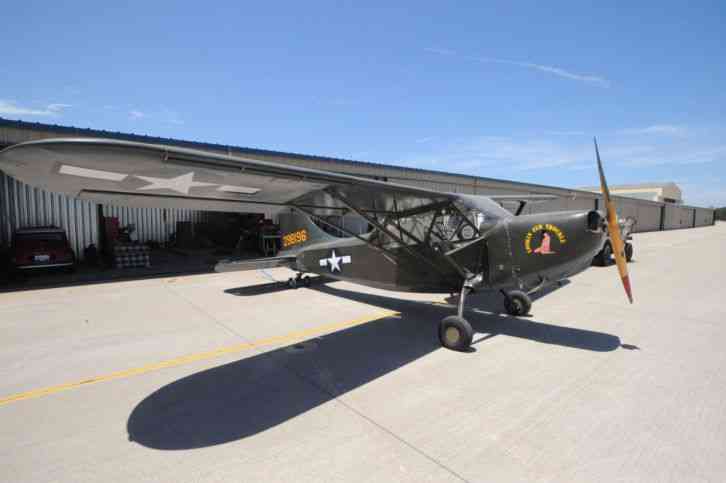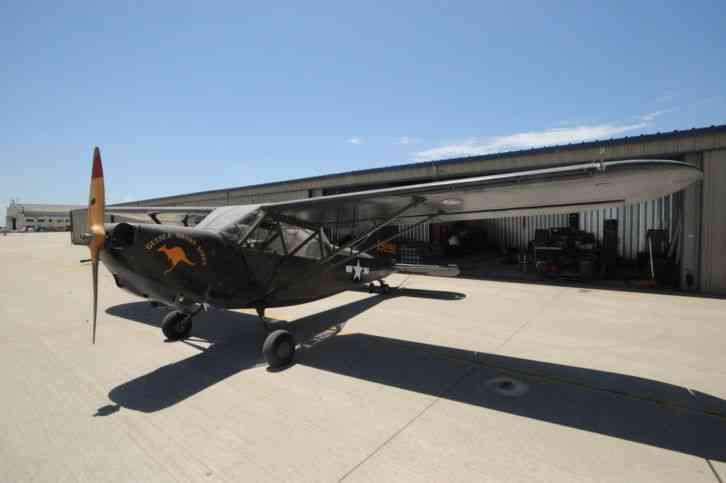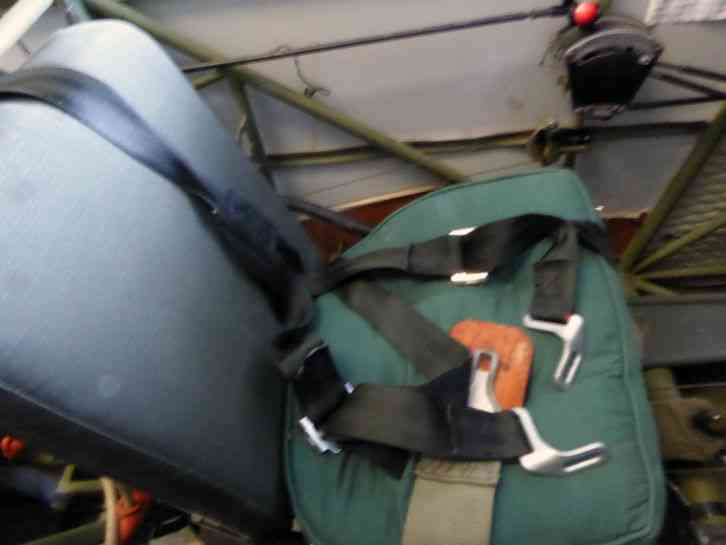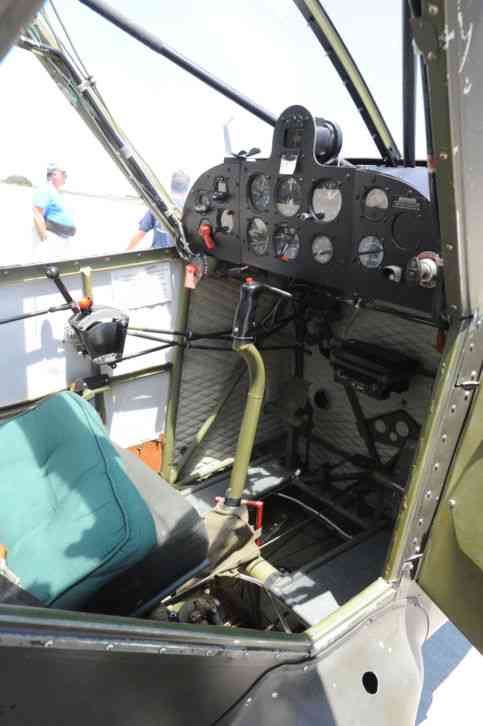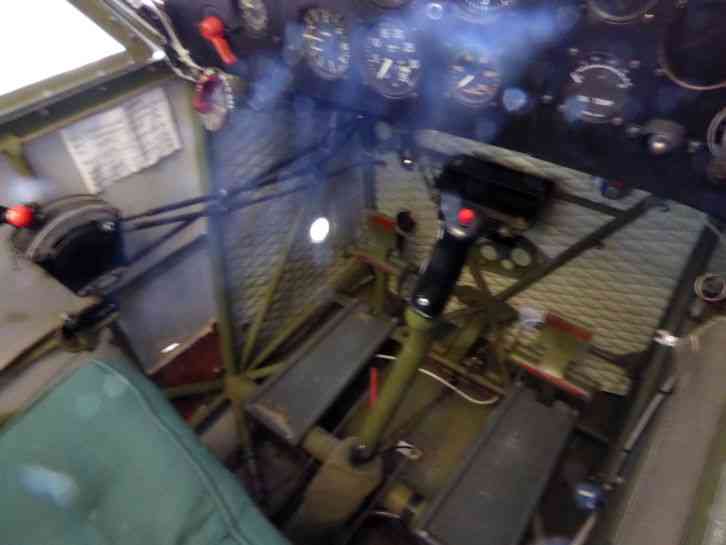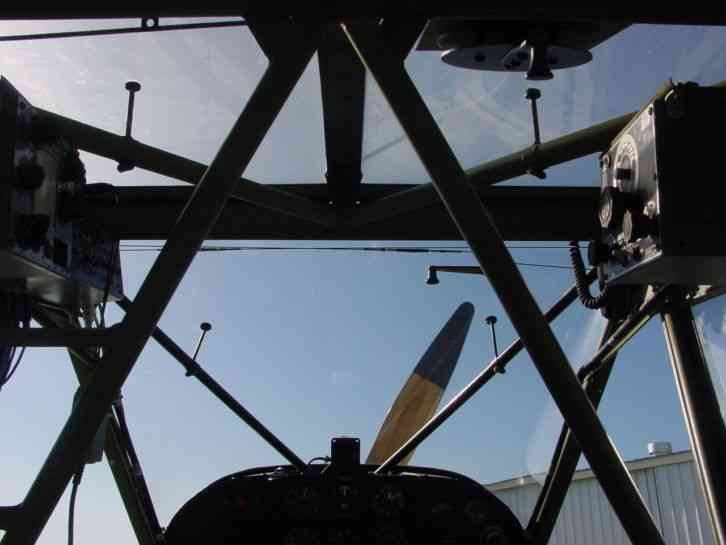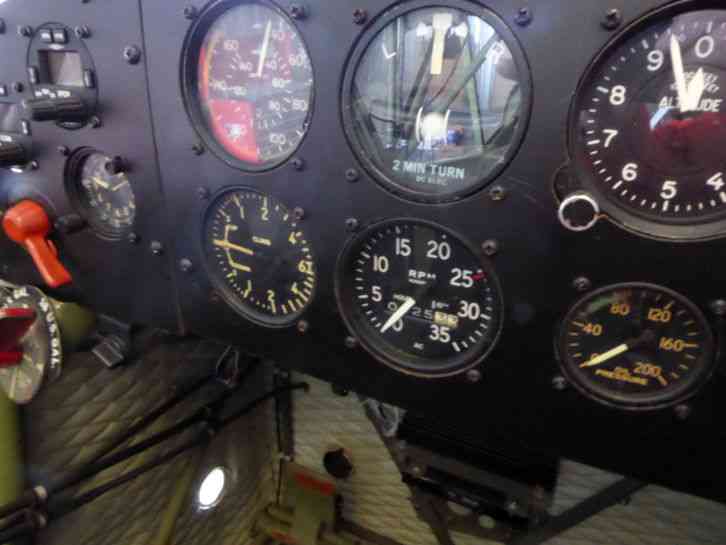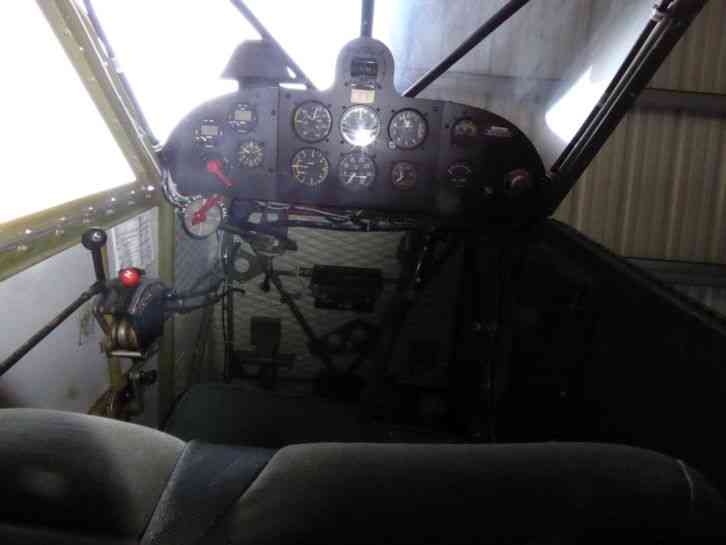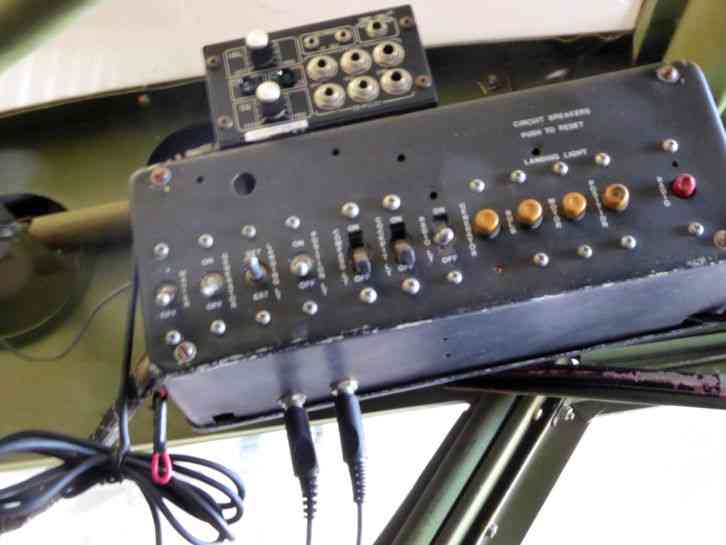“Military role: liaison, observation, artillery fire control, communications (including wire.
Item specifics
| Used |
| “Military role: liaison, observation, artillery/fire control, communications (including wire-laying), air rescue, transportationof personnel and cargo (esp. in rough/short field conditions), convoy control, aerial photography, special operations” |
| Make: | Stinson | Model Year: | 1943 |
EXTREMELY DETAILED HISTORY AND DESCRIPTION ALONG WITH PHOTOS OF LOGS ETC. UPON RESPONSIBLE REQUEST. PLEASE CONTACT ME FOR APPOINTMENT TO INSPECT. THANK YOU FOR LOOKING.
27 JULY 1943 DELIVERED TO USAAF, WAYNE, MT BY STINSON AIRCRAFT DIVISION OF CONSOLIDATED VULTEE AIRCRAFT CORP. JULY 1943 ASSIGNED TO 3502 BASE UNIT, CHANUTE FIELD, IL AUGUST 1943 ASSIGNED TO 158th LIAISON SQUADRON, CAMP ELLIS, IL OCTOBER 1943 ASSIGNED TO 359th BASE UNIT, AIKEN FIELD, SC JANUARY 1944 REASSIGNED TO CAMP ELLIS, IL FEBRUARY 1944 ASSIGNED TO 813th BASE UNIT, SEDALIA FIELD, MO SEPTEMBER 1944 ASSIGNED TO 439th TROOP CARRIER UNIT, SEDALIA FIELD, MO OCTOBER 1946 ASSIGNED TO 554th BASE UNIT, MEMPHIS, TN OCTOBER 1947 ASSIGNED TO 124th FIGHTER SQUADRON (AIR NATIONAL GUARD), DES MOINES, IA NOVEMBER 1950 DROPPED FROM USAF INVENTORY Dates unknown TRANSFERRED TO JASDF (JAPAN SELF DEFENSE AIR FORCES), LATER DROPPED FROM JASDF INVENTORY 21 JUNE 1967 LISTED IN 8th US ARMY AERO CLUB, SEOUL, KOREA 15 JULY 1980 SHIPPED TO DALLAS, TEXAS 1980-1997 AIRCRAFT COMPLETELY REBUILT; LATE-MODEL 190 HP ENGINE INSTALLED IN 1997 The photo of the front windscreen being a single piece is as I bought it, ditto the instrument panel below, which was incorrectly restored. The photo was to show the view from the front seat, not the current windscreen and panel. The photos showing the complete panel and a 2-piece windscreen are what is in the aircraft now, and are now correct, taking into account the rearrangement of gauges and instruments, etc. to permit the panel inclusion of a modern mode-c transponder and (flip-flop) radio. The new panels are copied from original WW2 panels. Something useful but not original to the L-5 is a VSI- Vertical Speed Indicator- which can be very important in a STOL (Short Takeoff and Landing- aircraft, as approach decent speeds can be very, very high, and a VSI is better suited to reading decent speeds than simply looking at the altitude indicator. The original ammeter was replaced by a voltmeter, something I consider an improvement. However should anyone wish to re-incorporate the original ammeter (which I still have) there’s a blank space remaining in the right side panel, or it can be used for some other round instrument or gauge as one wishes. At the time of redoing the panel layout, I had no particular instrument or gauge or instrument in mind, but since there was room for an extra item I laid it out that way. Why not? The original (type) WW2 compass is mounted in a rounded extension of the center panel, but for ease of flying a vertical card compass is also mounted on the windscreen center strip, near the top of the windscreen. This is used primarily to help the pilot choose the correct runway, as traditional “wet” compasses read “backwards”, rather than being oriented in the direction of flight as a vertical card compass is. Both are correct but in the busy condition of a landing approach it’s easier to make a 180 degree error with the original type compass. Hard to explain unless it’s happened to you... Anyway, the droop ailerons are original to the wings, which are late L-5 production wings that were stored, unused and unopened after WW2 until donated to the CAP (Civil Air Patrol), then purchased by Mr. Purcell when he restored the L-5. The mechanism to operate them was fitted to the aircraft during its restoration; they work just fine. The aircraft also has a control wheel for the original 75 foot reel-up radio antenna, which is not fitted to the aircraft. Nice for display but unnecessary (and useless) for flight today, as the original radios (examples of which are fitted for display only, above the pilot) are illegal to use anyway. The modern radios fitted to the aircraft in the left panel are Becker units, very small & light, originally developed for sailplanes (gliders). This is a very strong, easy to fly airplane (for a taildragger) combining speed, handling and overall ruggedness. They are incredibly well built, as the many who have flown them over the years (not to mention WW2 & Korea) will testify. Fun, too! The manual says that in an 18 knot headwind, with 1/2 fuel (2- 18 gallon tanks) and 1 pilot they will take off in 88 feet! As for cruise, this aircraft will fly at 130 MPH straight & level, which I’ve tested myself. Typical cruising speeds (reduced power to save gas) are more like 100 + MPH or so. Vne is 206 MPH, in a dive. Minimum landing speed is something like around 45 MPH or so, using the droop ailerons, however this isn’t recommended except under unusual conditions, like a VERY short runway, for reasons that should be clear to experienced pilots. Typical touchdown speed is more typically around 60~65 MPH, under normal conditions. Of course that’s airspeed; landing into a moderate headwind, groundspeed at touchdown will be reduced, of course. Also this aircraft is a lot of fun to land on unimproved strips or grass, which is exactly what it was designed for. There’s a very good reason for the overdesigned landing gear with heavy duty shock absorbers! This isn’t your typical Cessna! |
